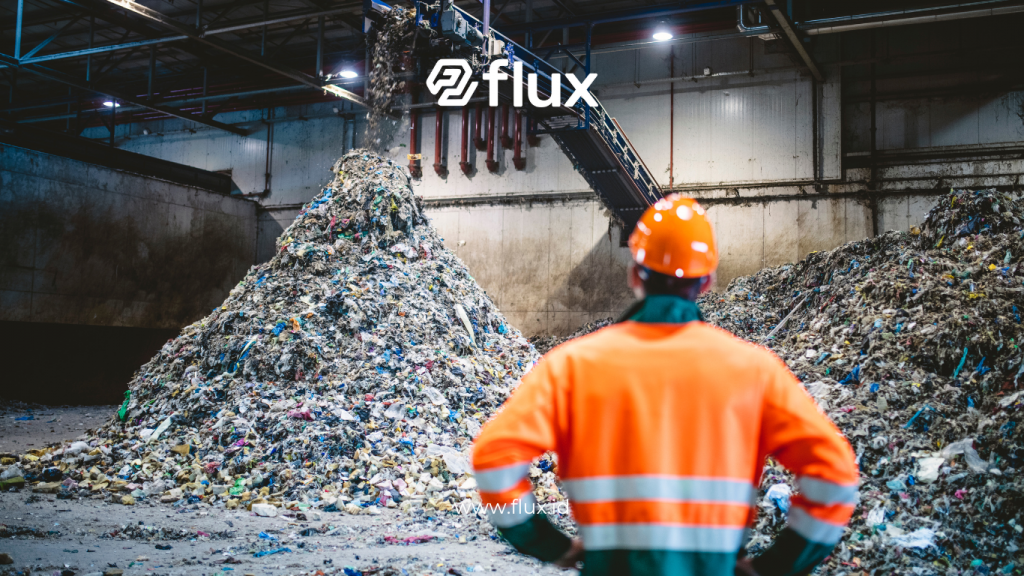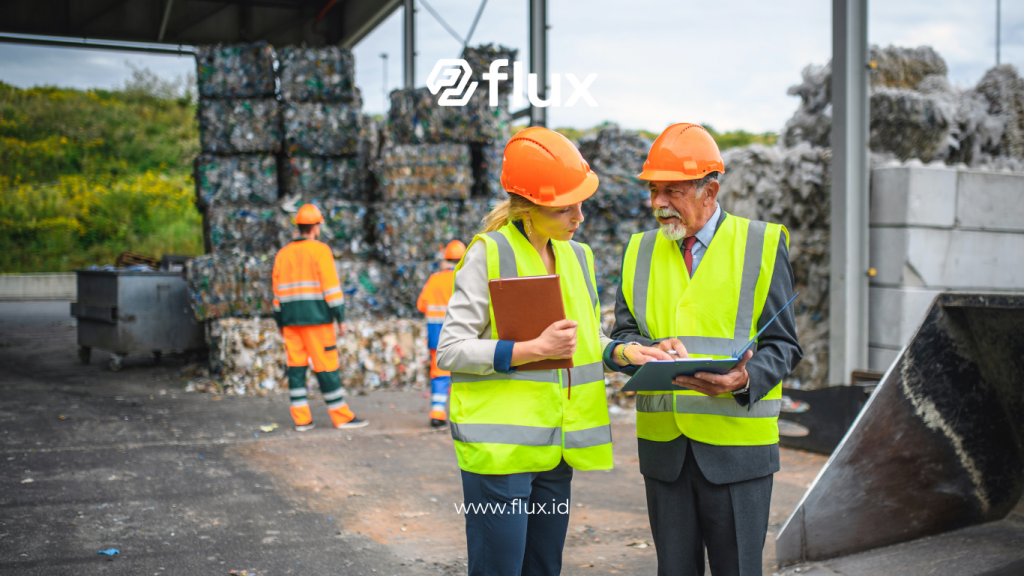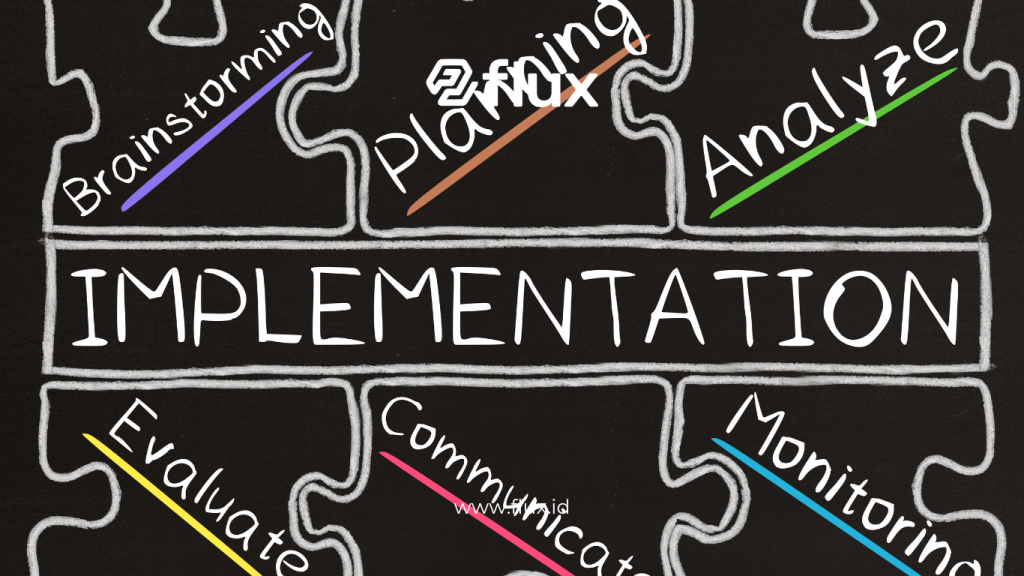Don't miss our holiday offer - 20% OFF!
In today’s digital age, sensor technology is finding applications in a wide range of fields, including waste management. Urban waste challenges are growing more complex, demanding advanced and efficient solutions. Sensor technology introduces a new approach to monitor, manage, and optimize waste collection and disposal. This article explores how sensor technology can help improve Efficiency and Environmental Cleanliness in waste management, contributing to healthier and more sustainable environments.
Contents
- 1 Sensor Technology: A Modern Solution to Waste Problems
- 2 Benefits of Sensor Technology in Waste Management
- 3 How Sensor Technology Functions in Waste Management Systems
- 4 Types of Sensors Used in Waste Management
- 5 Real-World Examples of Sensor Technology in Waste Management
- 6 Challenges in Implementing Sensor Technology and Potential Solutions
- 7 Future Potential of Sensor Technology in Waste Management
- 8 Conclusion
Sensor Technology: A Modern Solution to Waste Problems

Read More: IoT in Agriculture – Reducing Waste and Boosting Productivity
The implementation of sensor technology in waste management enables smarter and more efficient systems. For instance, by installing sensors in waste bins, operators can track waste levels, detect odors, and pinpoint the location of full bins. The data collected from these sensors is transmitted to a central management system, allowing operators to identify when and where waste collection is needed. Sensors that are particularly useful in waste management include:
- Ultrasonic Sensors: Measure the distance from the lid to the waste surface to monitor volume.
- Gas Sensors: Detect odors from decomposing organic waste.
- Temperature and Humidity Sensors: Monitor humidity and temperature levels, helping manage organic waste decomposition.
Benefits of Sensor Technology in Waste Management
Implementing sensor technology in waste management delivers numerous benefits, such as:
- Operational Efficiency: Sensors allow waste collectors to empty only bins that are full or close to full, reducing unnecessary trips.
- Reduced Costs: With optimized waste collection routes, fuel and labor costs decrease significantly.
- Enhanced Cleanliness: Prompt identification of full bins prevents overflow and litter, supporting environmental cleanliness.
- Lower Carbon Emissions: By reducing the frequency of waste collection trips, fewer vehicles are on the road, contributing to decreased emissions.
How Sensor Technology Functions in Waste Management Systems

Read More: Waste Sensors for Smart Cities: Technological Innovations in Urban Environmental Management
The operational process for using sensor technology in waste management typically includes the following steps:
- Data Collection: Sensors gather real-time data from waste bins or collection vehicles.
- Data Transmission: The collected data is then sent to a central system via IoT networks for analysis.
- Data Analysis and Decision-Making: The system processes the data to create optimized schedules, collection routes, and prioritize bins requiring attention.
- Monitoring and Evaluation: Managers can oversee the entire waste management status in real-time through a centralized dashboard.
Types of Sensors Used in Waste Management
Different types of sensors are essential for managing waste more effectively. For instance:
- Ultrasonic Sensors: Measure waste levels in bins.
- Infrared Sensors: Detect if waste is approaching the bin’s top to prevent overflow.
- Gas Sensors: Monitor gases like methane or hydrogen sulfide to detect odor issues.
- Humidity Sensors: Useful in tracking moisture levels in organic waste, preventing bacterial growth and reducing odors.
Real-World Examples of Sensor Technology in Waste Management
Many major cities around the world now employ sensor technology to manage waste more effectively. Consider these examples:
- Barcelona, Spain: The city uses sensors in public waste bins to monitor their fill levels. This way, collection trucks only visit bins that are full, reducing fuel use and emissions.
- New York City, USA: By implementing sensors, New York City has streamlined waste collection for commercial and public areas, particularly in densely populated zones. This system helps minimize odors and optimizes collection schedules.
These examples illustrate how sensor technology can optimize resources, cut down on waste management costs, and create cleaner urban environments.
Challenges in Implementing Sensor Technology and Potential Solutions

Read More: How Smart Trash Sensors Work in a Smart City: Optimizing Waste Management with IoT Technology
While sensor technology offers significant benefits, its implementation in waste management faces some challenges. These include:
- High Initial Costs: The cost of sensor installation and IoT infrastructure can be prohibitive for smaller cities or companies.
- Solution: Start with a small-scale pilot to test the system’s effectiveness and minimize costs.
- Dependence on IoT Infrastructure: Effective waste management with sensors requires reliable IoT networks for data transmission.
- Solution: Alternative network technologies like LoRaWAN can provide more affordable and long-term connectivity.
- Data Security Concerns: The data collected may be sensitive and requires protection against misuse.
- Solution: Use data encryption and strict privacy policies to ensure data security.
Future Potential of Sensor Technology in Waste Management
Sensor technology has great potential for further development. Advances in artificial intelligence (AI) and machine learning (ML) are making waste management systems even more efficient. For example, AI can identify waste disposal patterns and predict waste volumes, assisting managers in planning collection routes more effectively.
Some promising future developments include:
- Predictive Waste Collection Systems: AI-powered sensors could predict waste volumes and help managers take proactive actions.
- Automated Waste Sorting: AI can enable sensors to detect different waste materials, making recycling and sorting easier.
- Industrial Waste Monitoring: Sensors in industrial waste management can ensure compliance with environmental regulations.
Conclusion
Sensor technology in waste management offers a transformative approach to efficiency and cleanliness. With this technology, waste collection processes become more systematic, environmentally friendly, and cost-effective. Despite certain implementation challenges, ongoing solutions and innovations continue to make sensor technology more accessible.
Ultimately, sensor technology is changing the role of waste management by making it measurable, reliable, and more ecologically sustainable. In the future, we can expect more cities and communities to adopt sensor-based systems, making waste management smarter and cleaner.





